With the elevated chinch bug activity in central Kansas right now, this is a good time to discuss some differences between chinch bugs (Blissus leucopterus) and false chinch bugs (Nysius sp.). In order to make proper management decisions, knowing how to correctly identify these insects is critical.
Adult bugs
Adult chinch bugs are 3-4mm long with black bodies and white wings that are kept folded over their backs. Two dark, triangular markings are present near the center of the wings creating a distinctive “X” mark (Figure 1).
Adult false chinch bugs are similar in appearance, but smaller. Instead of having black bodies, false chinch bugs are brownish-gray with clear wings that lack a distinct “X” mark (Figure 2).
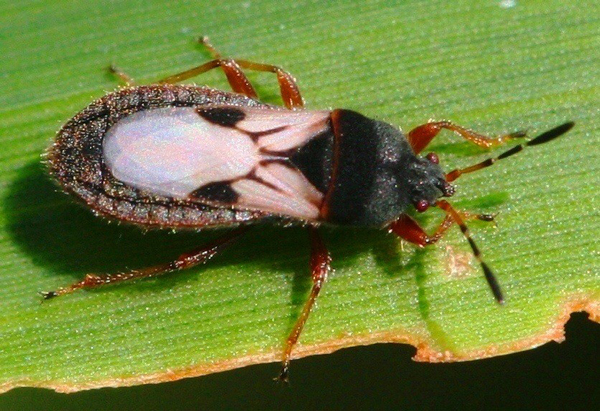
Figure 1. Adult chinch bug. Photo by K-State Entomology.
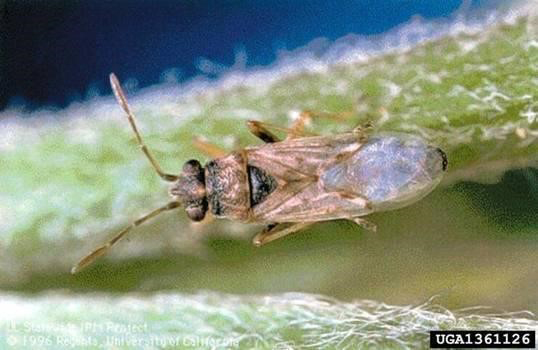
Figure 2. Adult false chinch bug. Note the lack of a dark “X”.
Immature bugs
Immature chinch bugs are bright red after hatching, darkening to black as they go through a series of 5 molts. A distinct white band will be visible across the nymphs’ bodies until the wing buds become large enough to obscure it (Figure 3).

Figure 3. Immature chinch bugs. Photo by K-State Entomology.
Immature false chinch bugs are grayish-brown, never bright red, and lack the white band across their bodies (Figure 4).
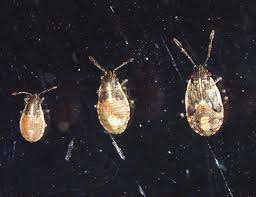
Figure 4. Immature false chinch bugs. Photo by K-State Entomology.
Damage by bugs
Chinch bugs and false chinch bugs are true bugs in the order Hemiptera which means they both have piercing-sucking mouthparts that they use to puncture plant tissue to feed on plant juices. However, the symptoms of feeding appear differently for these two bugs. When chinch bugs feed, digestive enzymes are injected into the plant tissue causing it to break down and discolor (Figure 5). Reddish spots often are present at chinch bug feeding sites. Heavy chinch bug feeding can also cause stunting, wilting, and necrotic lesions on plants. False chinch bug feeding, on the other hand, usually has little effect on plants, but extreme numbers of the bugs on a plant can cause wilting and death (Figure 6).
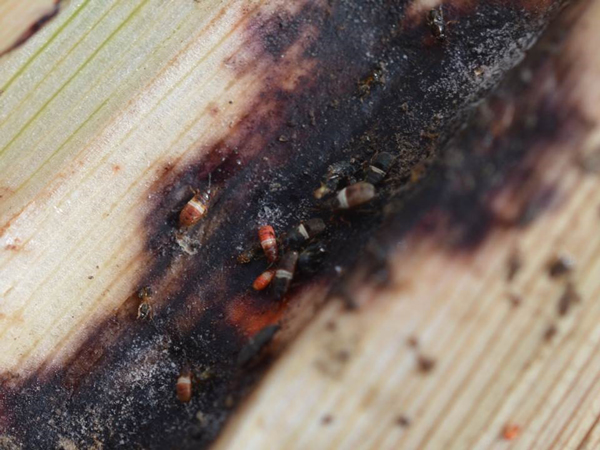
Figure 5. Discoloration caused by chinch bug feeding. Photo Jeff Whitworth, K-State Research and Extension.
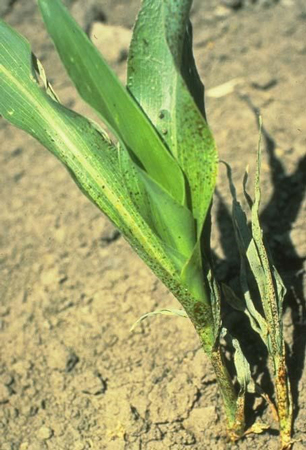
Figure 6. False chinch bug feeding damage to sorghum. Photo by K-State Entomology.
Additional details on life history and management recommendations for these two pests can be found in the following Kansas Crop Pest publications.
Chinch Bug: https://bookstore.ksre.ksu.edu/pubs/MF3107.pdf
False Chinch bug: https://bookstore.ksre.ksu.edu/pubs/MF3047.pdf
Anthony Zukoff, Extension Entomology Associate
azukoff@ksu.edu